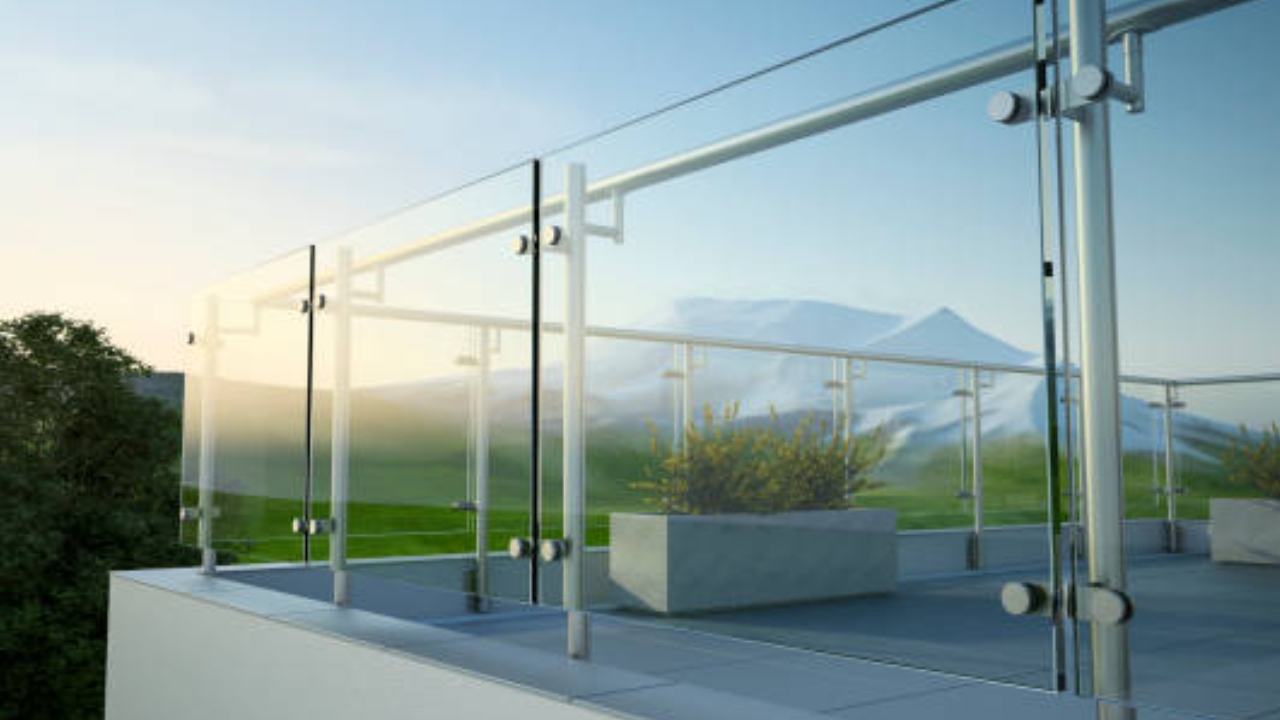The reliability of frameless glass railing systems lies in their meticulous design, which considers elements including load necessities, material selection, and installation strategies. Superior engineering techniques ensure that those systems meet or exceed safety requirements, even while offering remarkable beauty. From luxurious houses to bustling city landscapes, frameless glass railing systems have turned out to be a staple characteristic, enhancing the visible attraction and capability of numerous architectural spaces.
Frameless glass railing frameworks are famous for their moderate plan, permitting unhampered perspectives and an open, roomy feel to any climate. Frameless glass railing systems have emerged as a popular preference in present-day architecture, offering elegance, transparency, and unobstructed perspectives. But making sure of their structural integrity is paramount to guaranteeing protection and durability.
Guidelines for Frameless Glass Railing Systems to Maintain Structural Integrity
We will delve into the measures taken to uphold the structural integrity of frameless glass railing systems.
Design Considerations
Load Requirements
The layout of frameless glass railing systems starts with assessing the expected masses and stresses the shape will come across. Elements, which include wind loads, live loads (human beings leaning or pushing in opposition to the railing), and effect loads, should be taken into consideration to determine the appropriate thickness and spacing of glass panels, as well as the assisting hardware.
Engineering Calculations
Structural engineers utilize superior software and calculations to determine the best configuration of frameless glass railing systems. Finite element analysis (FEA) and other modeling techniques help predict how the railing will respond to diverse masses and environmental conditions, ensuring its stability and protection.
Material Selection
Tempered Glass
Tempered glass is the primary material utilized in frameless glass railing systems due to its splendid energy and safety characteristics. Tempering involves heating the glass to high temperatures and then unexpectedly cooling it, creating inner stresses that boost its energy. Tempered glass is several times stronger than everyday glass and, if damaged, shatters into small, fantastically innocent fragments.
Installation Method
Top and bottom Railings
While frameless glass railing systems are designed to decrease obstructions, they frequently incorporate top and bottom railings for added balance and safety. Those railings offer support for the glass panels and help distribute loads lightly across the system. The rails are usually fabricated from materials that include aluminum, chrome steel, or timber, chosen for their strength and sturdiness.
Point Fixings
Factor fixings or standoffs, are another common setup method for frameless glass railing systems. These furnishings attach the glass panels to the underlying structure using bolts or pins, creating a minimalist aesthetic while maintaining structural integrity. Point fixings can be floor-hooked up or recessed into the ground or substrate, depending on the layout requirements.
Maintenance Practices
Regular Inspections
Periodic inspections are crucial for identifying any symptoms of harm or wear that could compromise the structural integrity of the glass railing system. Inspectors must test for cracks, chips, or loose hardware and address any issues directly to prevent further damage.
Cleaning and Maintenance
Preserving the glass panels smooth not only enhances their look but also permits the early detection of defects. Standard cleaning with gentle cleanser and water, trailed by drying with a delicate texture, takes into consideration the end of residue and mineral stores that can debilitate the glass throughout the long term. Lubricating moving parts, such as hinges or hardware, ensures smooth operation and extends the railing system's lifespan.
Conclusion
Making sure the structural integrity of frameless glass railing systems calls for careful attention to design, fabric choice, installation methods, and upkeep practices. By adhering to enterprise standards, utilizing incredible substances, and implementing the right maintenance protocols, asset owners can enjoy the aesthetic blessings of frameless glass railings while prioritizing protection and durability. Consulting with skilled specialists and engineers in the course of the layout and setup process is vital for achieving premier effects and peace of mind.


